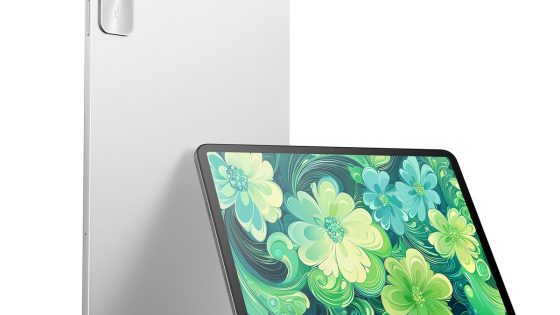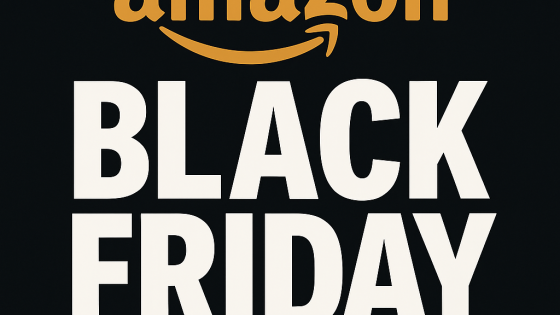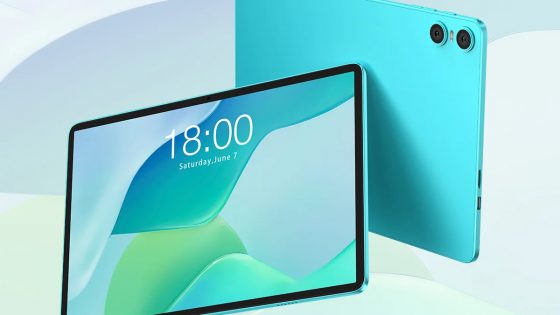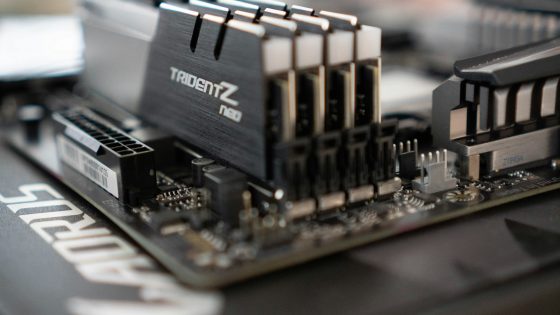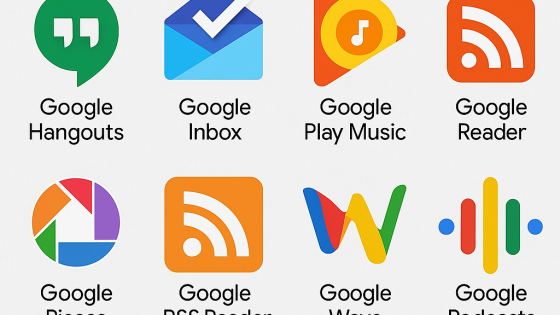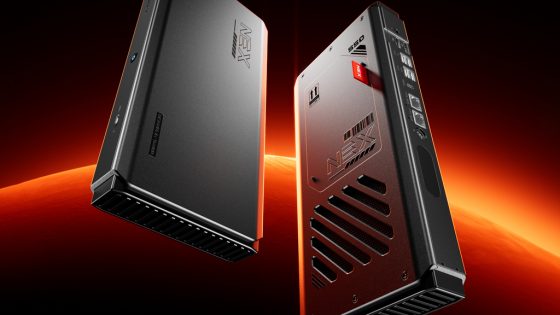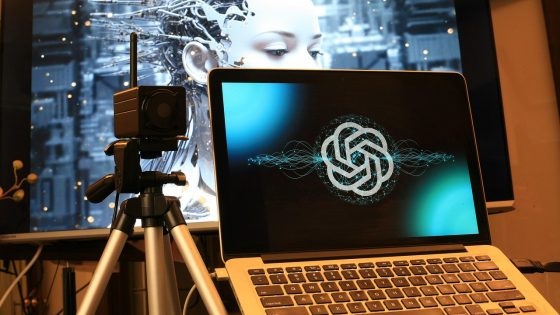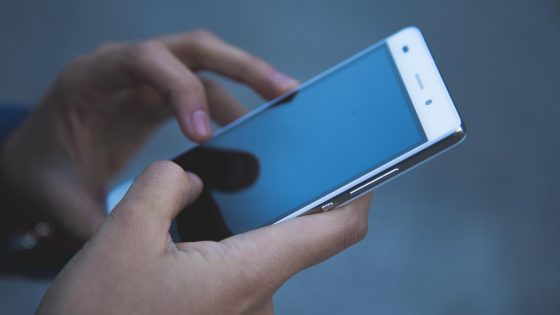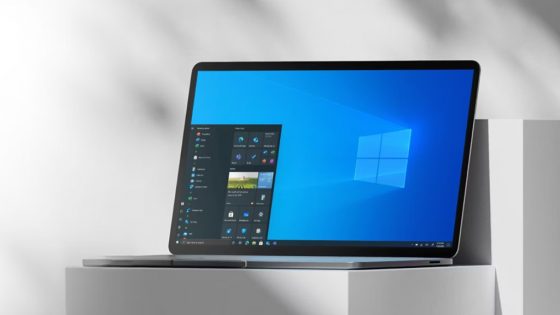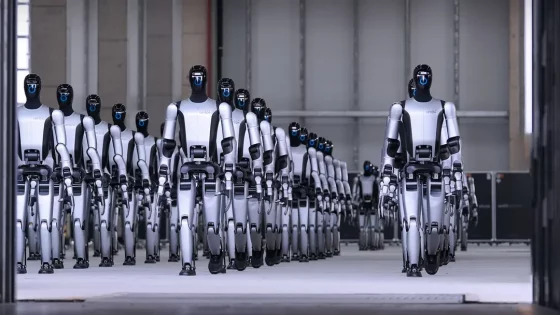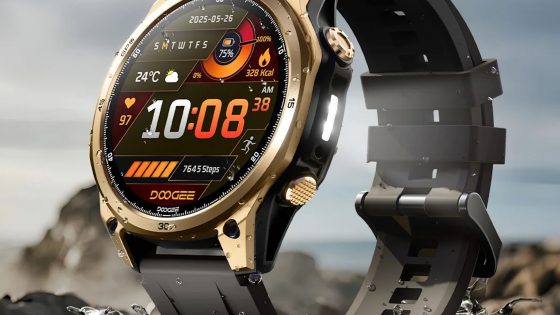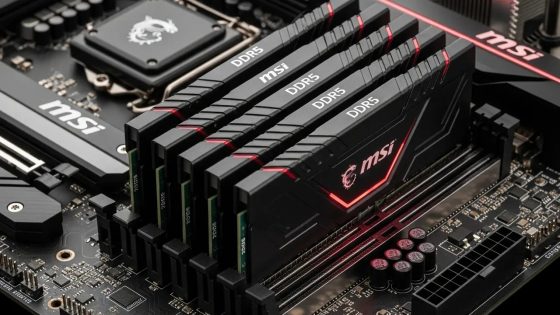Huawei MatePad 11.5 tablet review – tempting especially for creators

Tablets are not my thing. They are a category that phones and laptops are eating into. Unless you are an iPad, you have a very difficult task as a tablet to turn buyers away from other devices. Unless you are ASUS ROG Flow Z13, then you have nothing to fear.
The new Huawei MatePad 11.5 tablet is no exception. Its task is even more difficult because it is the fruit of a company that has been on the list of "naughty" for a long time. The Chinese company doesn't care about that at all and is diligently launching new products, even outside the Chinese market. While I'm waiting for the arrival of the seemingly excellent Huawei Pura 80 phone, I've been playing with their new tablet. And it's just the right time. Schoolchildren are returning to school and the tablet is intended for them, in addition to designers and partly also office workers, although the latter will have a hard time disconnecting from their laptop or PC.
| Advantages | Weaknesses |
| Very good PaperMatte screen | Atypical Android experience |
| High refresh rate and good resolution | Poorer performance compared to rivals |
| Good battery and relatively fast charging | Concerns about long-term support |
| GoPaint is a very handy app for creating | UI features not yet visible |
| Good sound | |
| A pen and keyboard are essential accessories |
Huawei MatePad 11.5 price
Tablet computer Huawei MatePad 11.5 is already available in regular sales channels, complete with a keyboard, at a recommended price of 399 euros. If you decide to buy the tablet by the end of October, you will also receive the M-Pencil electronic pen for free. The recommended price for it is 99 euros.
Huawei MatePad 11.5 – I really can't deny the engineering excellence of the Chinese
Almost no tablet is an aesthetic highlight. It's really hard to liven up this boring surface. Maybe it's an unsolvable puzzle, at least as long as they stick to the classic form. I already had the same concern with the tablet Huawei MatePad 11.5 S PaperMatte and I insist on that.
The classic design is partly enlivened by the pink-purple color, while the gray is more neutral and professional. Apart from the logo, the only aesthetic element is the metal ring around the main camera.
The body is made of aluminum, the tablet weighs 515 grams, is 6.1 mm thick, and measures 11.5 inches from corner to corner, as the name suggests. The design is otherwise uniform, with the screen extending to all edges and not being disturbed by any notch or gap.
There are also four speakers on the chassis, which are surprisingly capable for their size. Huawei calls its audio technology Histen 9.0, and it's essentially a system that encompasses a variety of features, from 3D sound, immersive sound effects, to a system that automatically adjusts the sound you hear depending on the scenario. You can play around with different profiles, but if that's not your thing, you can simply select the Natural profile, which will try to make the sound as natural/true to the original as possible. You'll need headphones to use these effects, though.
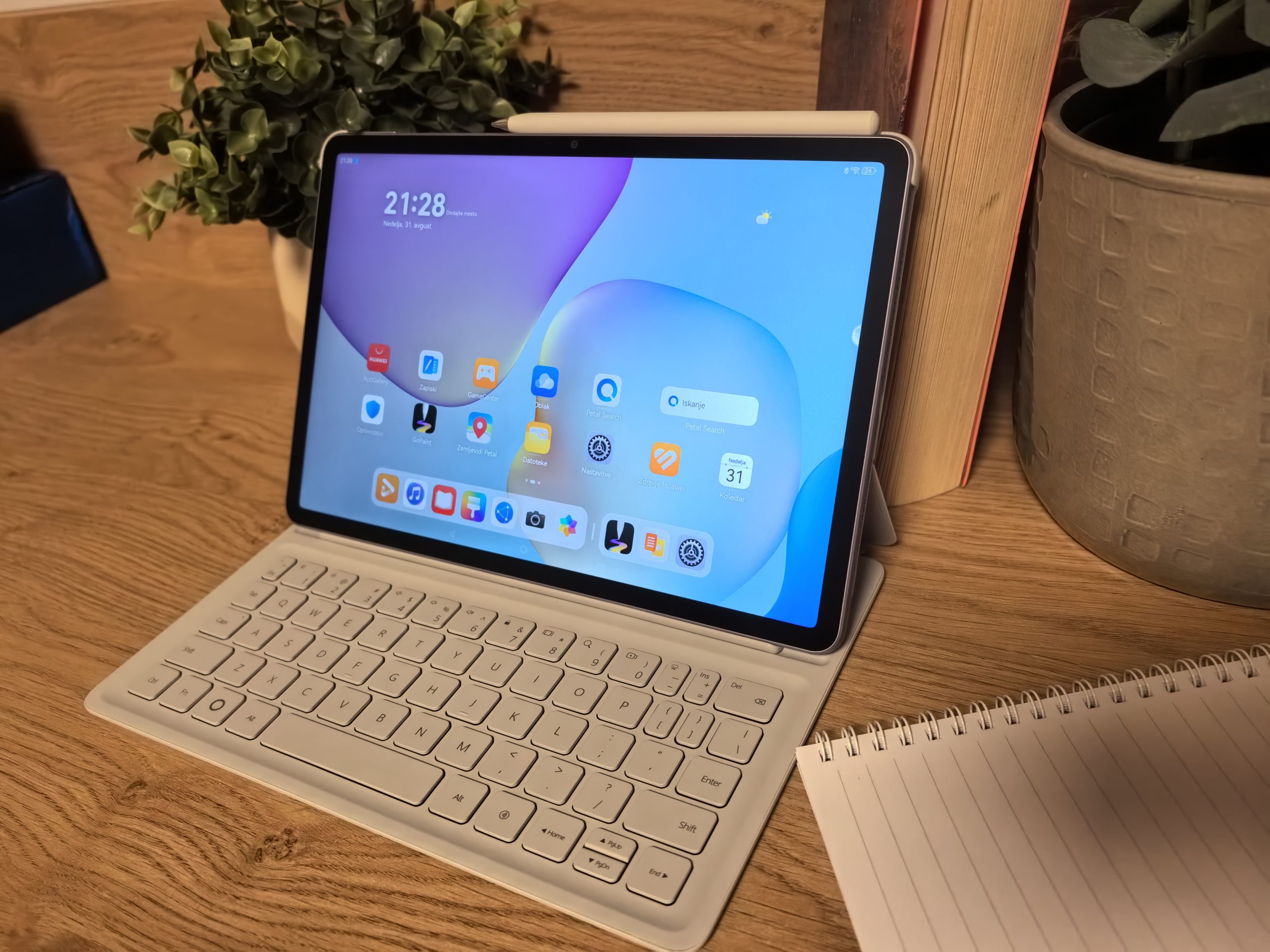
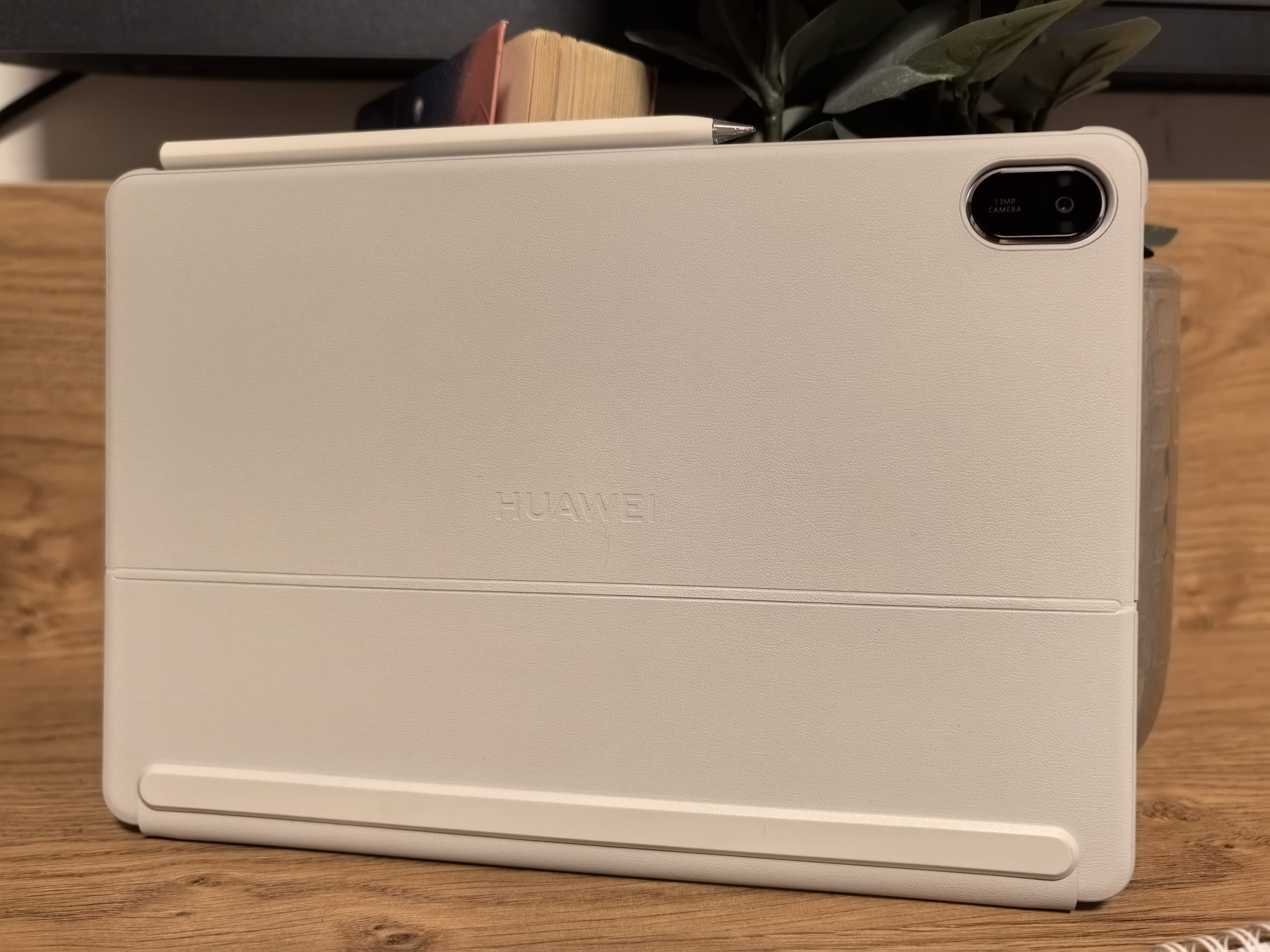
You can connect the tablet to a keyboard and a stylus (Huawei M-Pencil third generation). The keyboard is relatively comfortable to type on, at least by tablet keyboard standards. There are no ergonomics that you will have to get used to. The key travel is okay, but nothing excessive. It is attached to the tablet using magnets, which could be a few percent stronger. Not often, but it happened to me that the magnet gave way when I tried to lift the tablet with one hand. Maybe every tenth attempt, which is not too annoying, but this could be avoided with stronger magnets.
The pen is excellent, always responsive and intelligent. By tapping the pen, you will quickly find out some shortcuts (for example, quickly switching between eraser and pen). When the screen is locked, you can quickly access Huawei Notepad by tapping the pen on the screen. If you swipe from the top corner of the screen, you will be able to choose between two shortcuts for quickly capturing a screenshot or for free creation on the screen.
Besides being creative, the stylus is very handy for taking notes, whether for work or school. Scrolling on the screen with the stylus is great, and if there are any errors, it's more due to the user than the tablet.
There's an 8MP front camera for video calls with solid resolution. There's a 13MP rear camera for when you need to take a quick shot or take notes or something similar. But you won't be happy with it if you're using it to capture precious memories.
The PaperMatte screen was under-inflated
You know how it is with marketing. Most of the time, there are a lot of beautiful, sometimes difficult to understand words. Ballast without real content. With the Huawei MatePad 11.5, I would say that the screen has not been praised enough. As with the previous test, I will not say that PaperMatte is really 1: 1 identical to physical paper, but it is a very good approximation. Whether you use a stylus or a finger to move through the menus, in both cases the scrolling is very smooth and easy. There is no annoying friction, but at the same time you feel less resistance, similar to writing on paper.
Of course, you're more skilled with a pen when you need to create or write something, but you're faster with a finger when browsing and similar tasks.
The screen gives the tablet a lot of versatility. With a stylus, the GoPaint software that comes pre-installed, and the PaperMatte display, this tablet is great for designers, as I was convinced of last year when I was able to watch a professional designer go through the creative process on a tablet. Since I lack a decade or two of the same experience, I couldn't delve into it in the same way. But I was able to at least get a feel for what it's like to scroll on the screen with a stylus. And above all, how good the GoPaint program is. The latter has a huge number of brushes, various effects, background textures, and more. You edit very much like in Photoshop and in the iOS app Procreate.
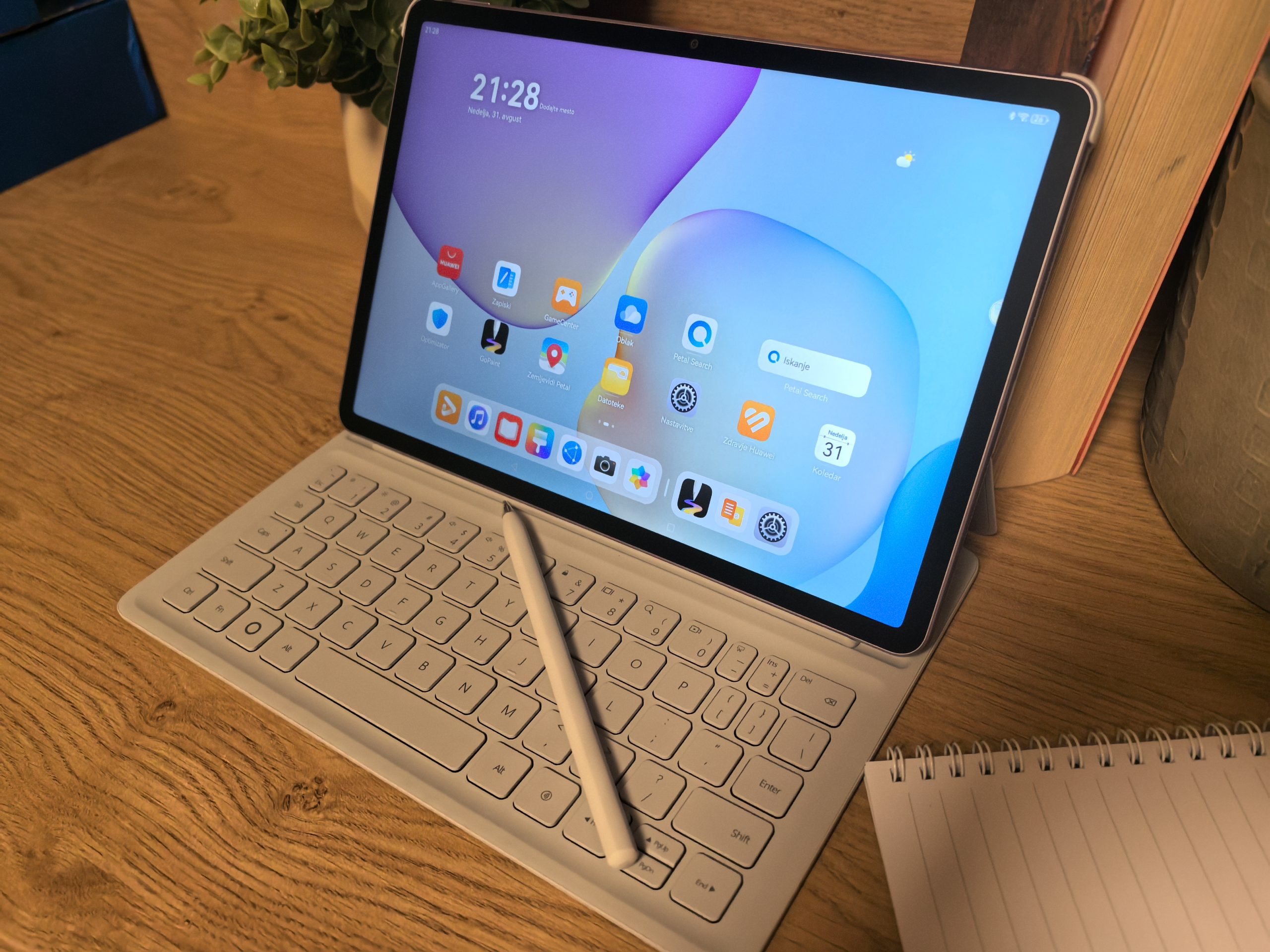
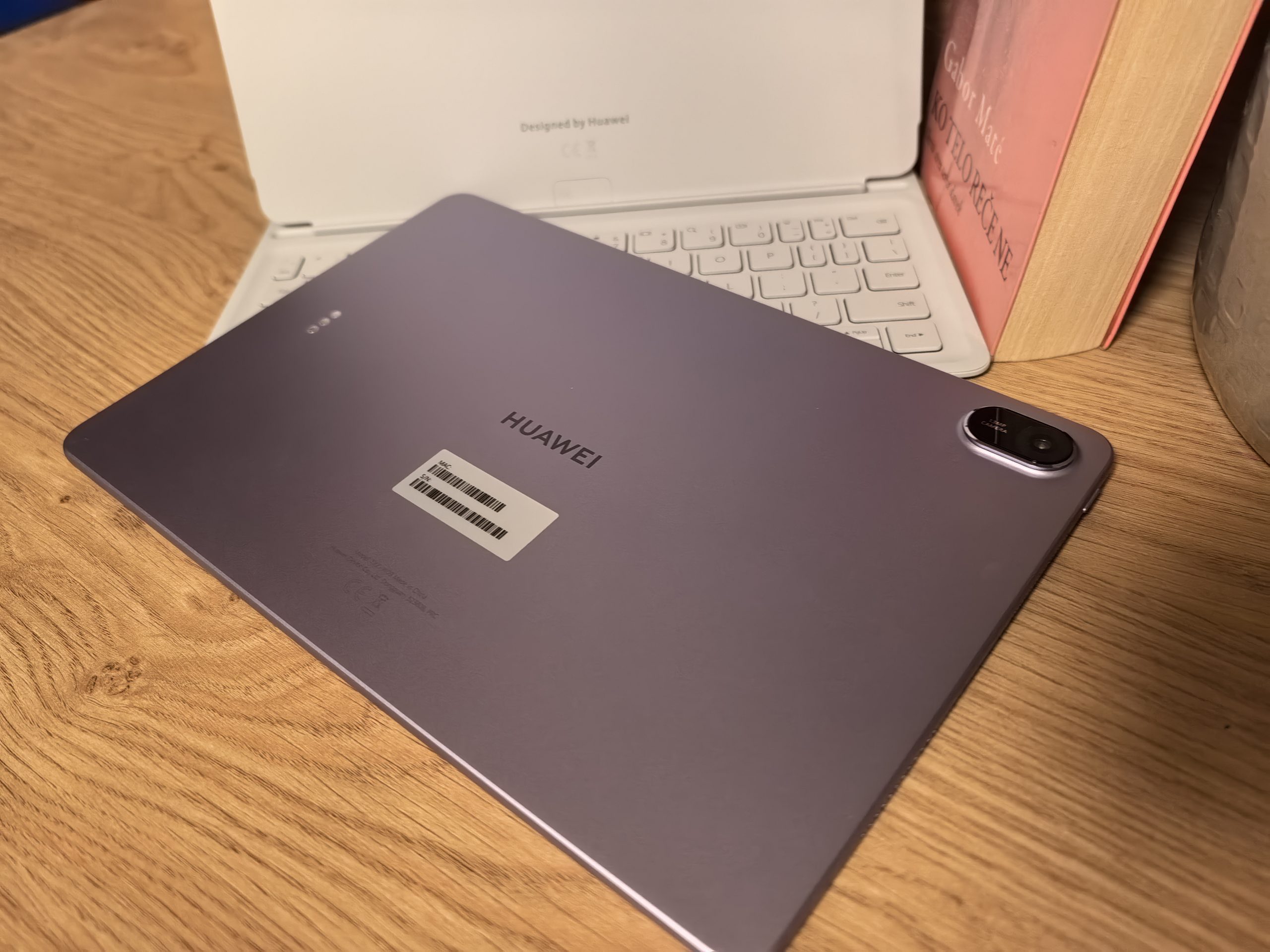
I still find it very convenient (and also very important) that the screen knows how hard I pressed the pen. Every movement I made was always detected, this good responsiveness was sometimes even annoying to me, because my clumsy hands quickly made a mistake. I would repeat that they could add that the shadow or imprint of the pen is visible on the screen even before you touch the screen with it. Again, it is not something that should be given top priority, but it is a feature that is simple and convenient.
The pen connects via NearLink, has extremely low (imperceptible) latency, and charges magnetically on top of the screen.
For those of us who aren't creative, PaperMatte is the most convenient for reading and watching movies. The latter is mainly because there are almost no reflections and because the colors are exceptional (100% sRGB color gamut coverage), even though it's not an OLED screen.
Reading in general is a real pleasure. I compared it to an e-reader Boox Poke5 and while an e-reader is still a better choice for eye health, the Huawei tablet isn't far behind. In fact, it's a much more logical purchase for me because you can do more with it than just reading e-books.
You have two modes to protect your eyes. In addition to the classic yellow light, you also have a mode that tries to simulate the light of an e-reader (black and white for classic e-books or color mode for color illustrations). It works well and if you like to read, I recommend it.
The maximum brightness is 600 nits, which won't be enough to use it at the pool or beach, for example, unless you're in the shade. For home use, however, it's more than enough. The refresh rate is 120 Hz, which is good for smooth browsing and scrolling. However, you won't be able to use this frequency for gaming, as the tablet is not intended for gaming.
They also thought about the elderly. There is a very handy function in the settings that adjusts the entire system for the user, from font size, font, icons, and the like.
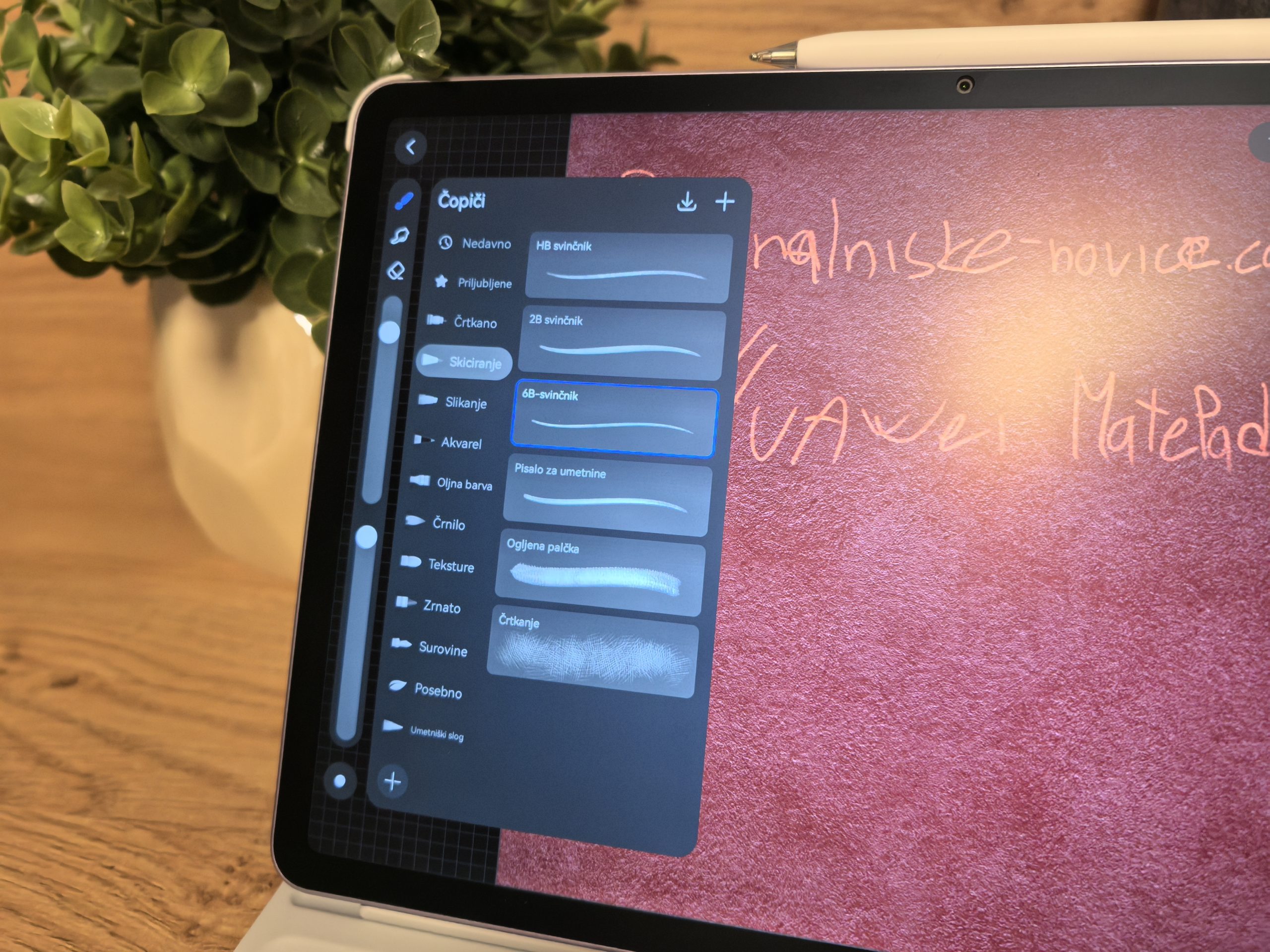
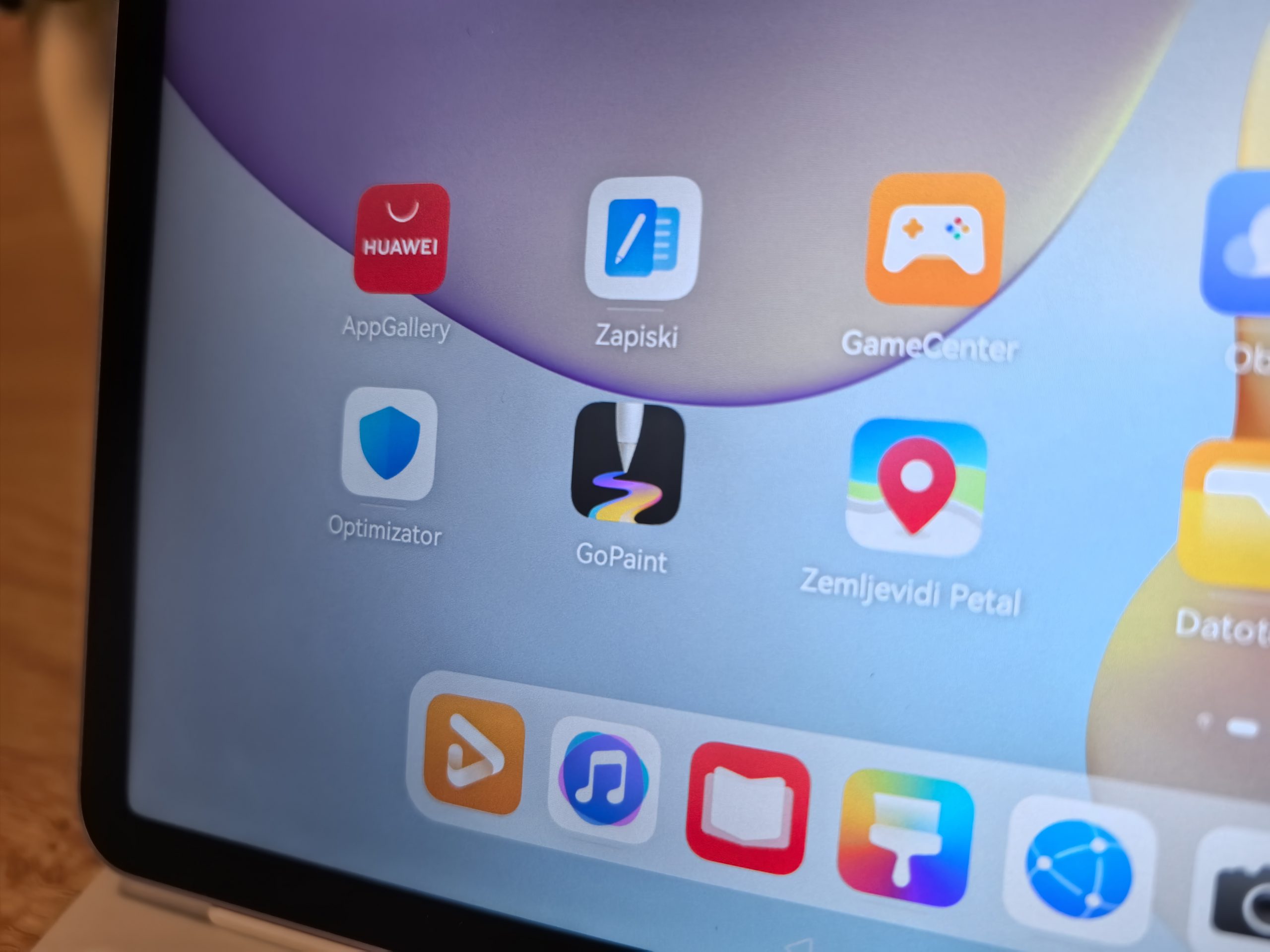
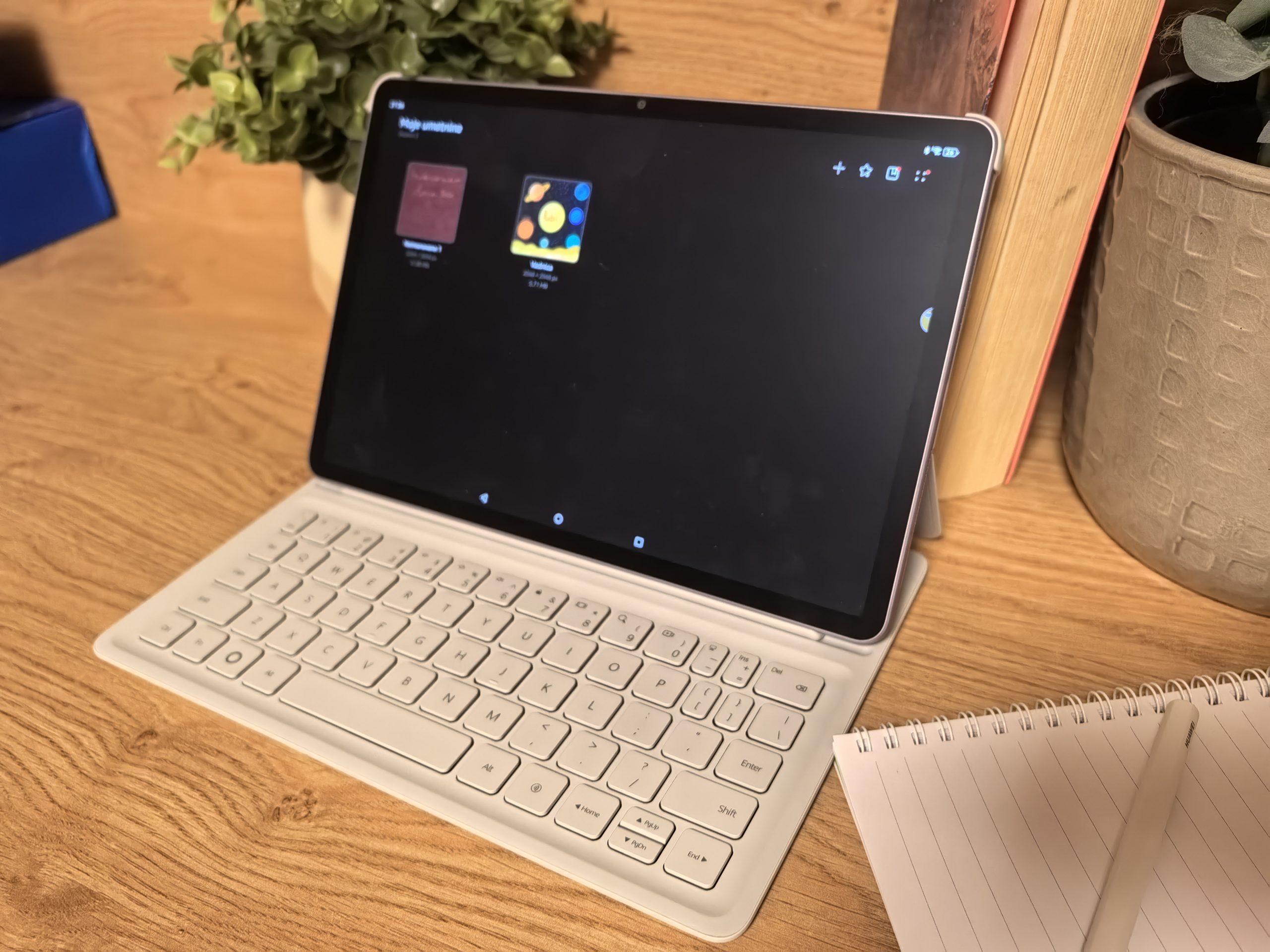
You have Google and you don't have Google.
The software and hardware story is the same as for Huawei phones. When you first install one of the Google apps (in the Huawei store), a collection of microG libraries will be automatically loaded, which will allow you to access Google apps and log in with your Google account. The experience is almost the same as on a classic Android phone that is not in conflict with the US. However, sooner or later you will encounter a situation where microG will also fail and you will have to look for other solutions, such as Gspace/GBox, or in a pinch, an alternative application.
To power everything, they resorted to their own Kirin T82B chip and the integrated Maleoon 920 graphics core. In terms of power and efficiency, it is clear that it lags behind the Snapdragon and MediaTek competition, but you don't feel it, at least not until you seriously throw yourself into gaming or rendering/video editing. The system is responsive, without lags (at least during the two-week testing period), animations and transitions are smooth... HarmonyOS is based on Android 12, which is now quite a few years old and I'm a little worried about how applications will behave on such an old system in the coming years.
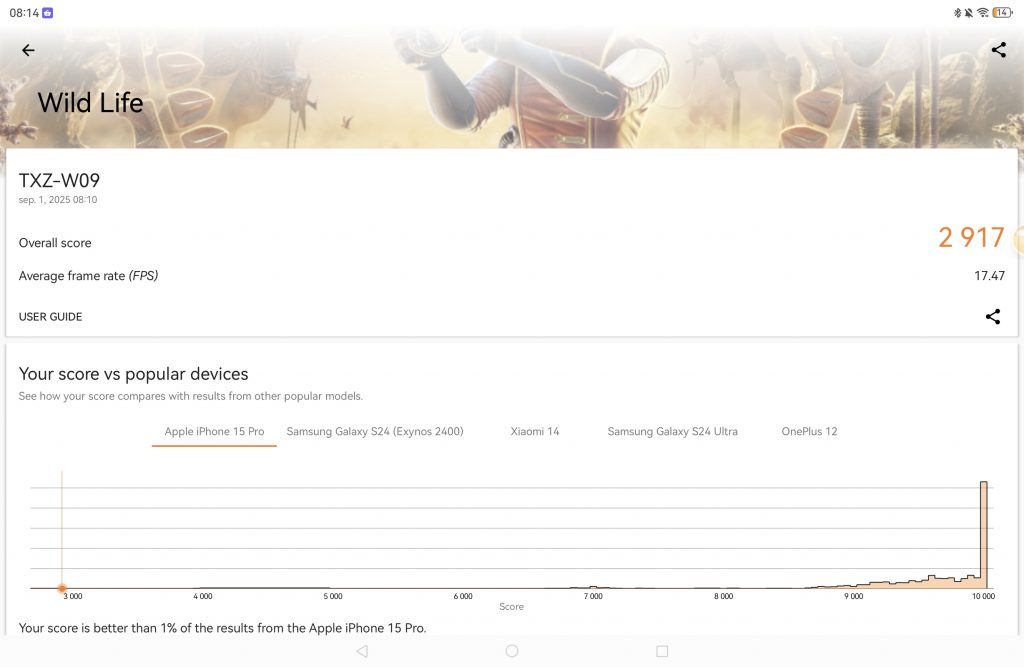


Artificial intelligence features that are available in abundance on others are also missing from Huawei. While you can use Gemini by default on Honor, Xiaomi, Samsung, you won't have that on Huawei. If these features (writing assistance, summaries, translation, etc.) are important to you, then you should opt for the competition.
There is 8 GB of RAM available for running multiple apps at once, which will be enough for most people. There is 256 GB of storage (UFS 3.1), which should also be enough. The battery has a capacity of 10,100 mAh, which is slightly above average in this class, and it charges with a power of 40 W. It lasts more than a day, even if you give it more work than average.
If you want, you can use the Wireless Projection feature (similar to Samsung Dex) to turn your tablet into an even more sophisticated workstation. This allows you to connect to a monitor or TV and continue your work (or watch movies, play games, etc.) on a larger screen.
Multitasking, which the tablet is undoubtedly intended for, is fine. If you want, you can have at least two apps on the screen at once, and the third (and all the others) will be in the form of a floating cloud that you can enlarge at any time. However, it is clear that the experience could be polished a little more. They could give us more freedom in placing apps, and even add support for viewing three apps at once (like on new foldable phones).
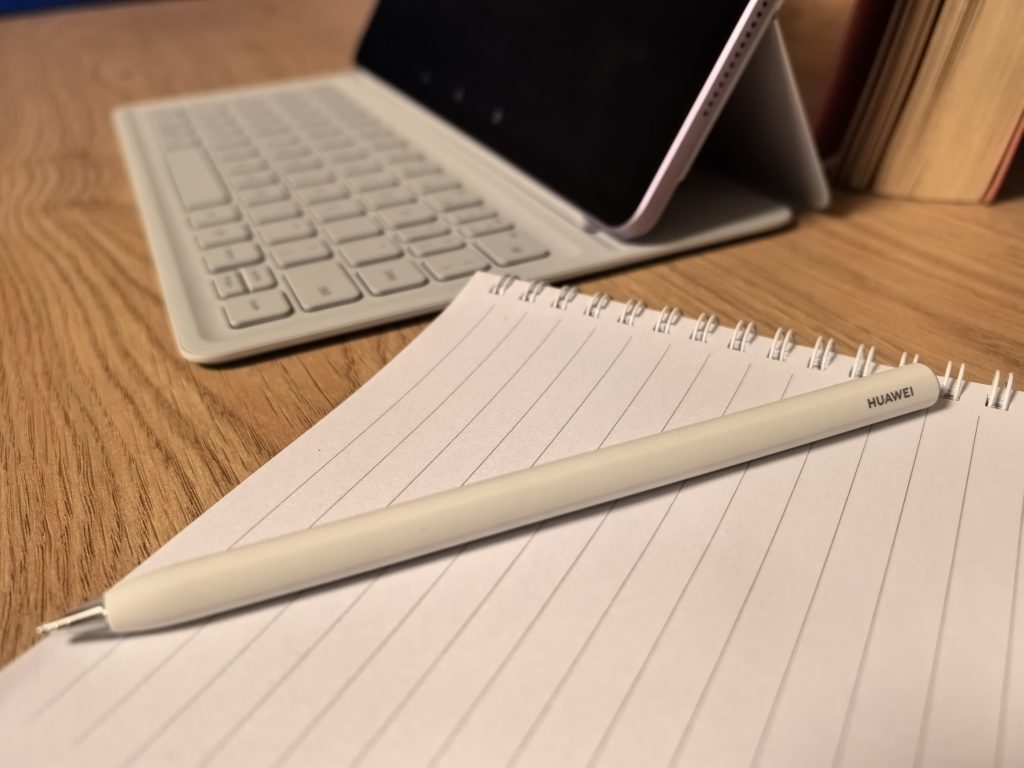
Its main asset is undoubtedly the PaperMatte screen.
If you're a screen-centric person, really need something good for creating, or know you'll be spending a lot of time on your tablet watching movies/series, then you'll be impressed with the PaperMatte display. It's also good for office tasks, but you have to ask yourself if you're comfortable with the Android environment or if you swear by Windows/macOS.
Although the Huawei MatePad 11.5 tablet is not lacking in power, it still cannot compete with most rivals in this class. How the Kirin chip will hold up over the years is hard to say. I also don't have much information about long-term support. Other manufacturers offer at least a few years of upgrades, but unfortunately I don't have this information about Huawei. In China, they are already using the new HarmonyNEXT system, which is said to be completely different from the Android we are used to in Europe, so I doubt we will see it anytime soon.
In short, Huawei has made a tablet whose main strengths are the screen, the included GoPaint app for creators, and the battery. If the other unknowns are not an obstacle for you, then you will be happy with it.



